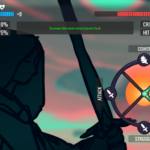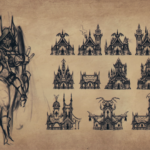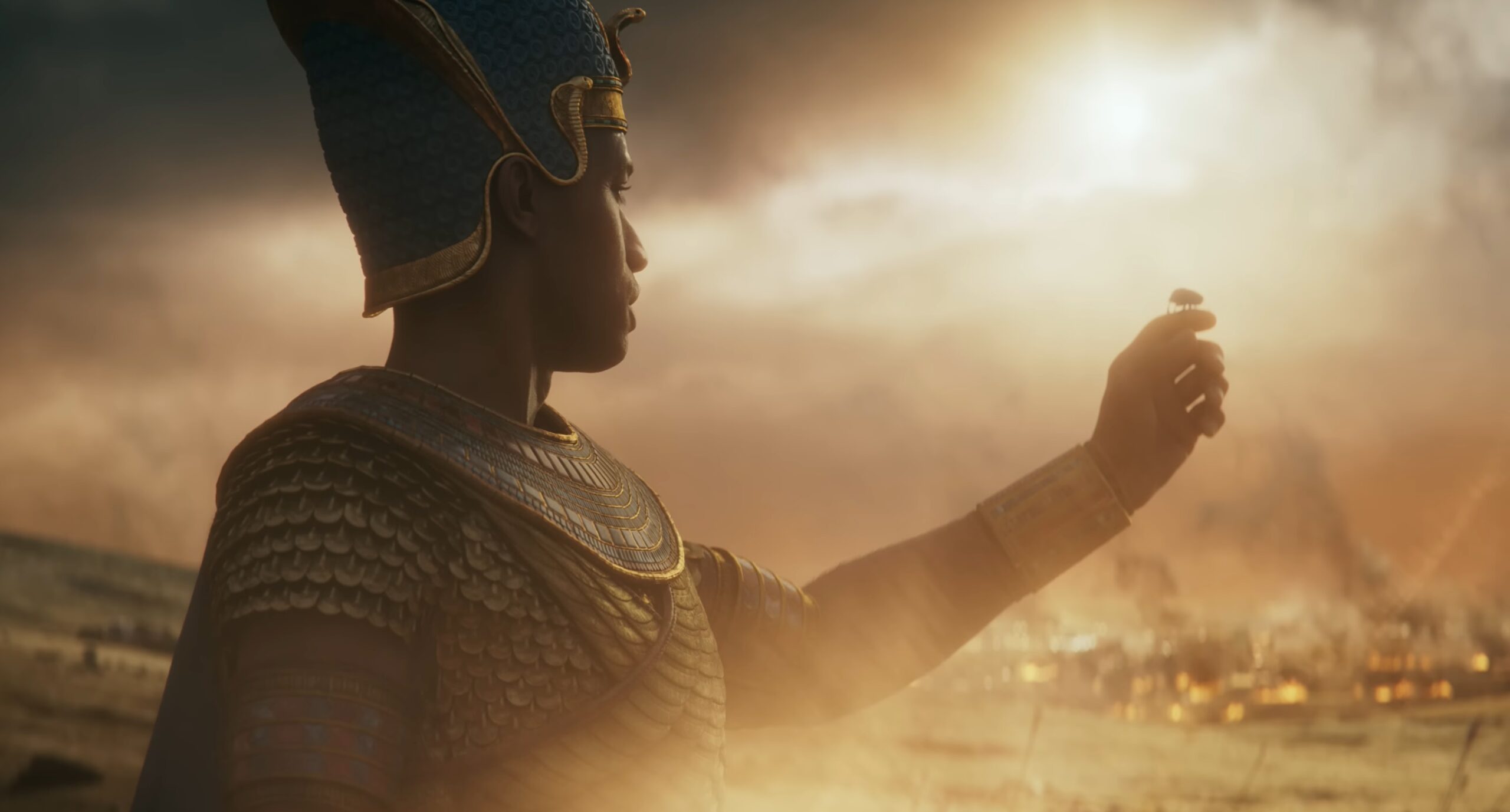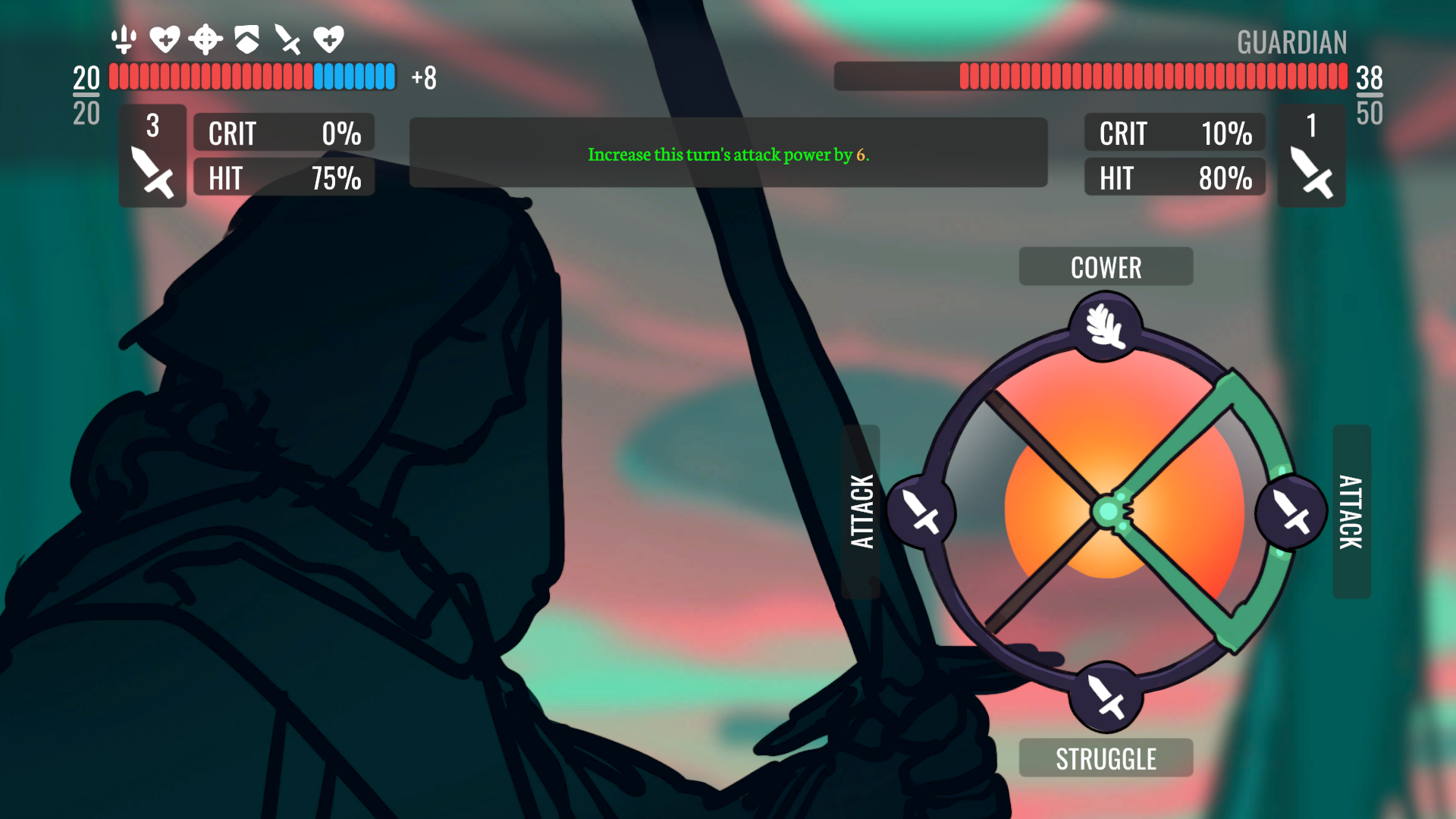The monolithic monuments, the dalliances of Cleopatra, the headgear and thick eyeliner worn by men and women alike; Ancient Egypt has earned its spot as one of the most iconic civilisations of all time. But the New Kingdom wasn’t the only great civilisation hanging around the eastern mediterranean during the late Bronze Age, and Total War: Pharaoh lets you play as two of its closest neighbours (and biggest rivals).
Over the Mediterranean to the north was Hattusa, an Anatolian people whose empire spanned modern-day Turkey and Syria. Then, between Egypt and Hattusa was Canaan, a rugged, diverse peoples determined to stake their place among their bigger neighbours.
Let’s take a look at each of these factions, and see what they’re all about.
(Image credit: Sega)
Egyptians
(Image credit: Sega)
We’ve partnered up with Sega to create series of articles and videos that showcase the new features of Total War: Pharaoh.
With a grand empire stretching along the banks of the Nile and shores of the Mediterranean, Egypt seemingly has all the advantages. But it’s also the biggest target, vulnerable to raids from the Sea Peoples and desert raiders. Oh, and it has dozens of factions vying for control, resources, and legitimacy, making things pretty, shall we say, cosy as everyone starts scrambling for power.
Naturally, the gold-laden headline act of the game has an appropriately star-studded line-up of leaders to choose from.
First up is the first in line to the throne, Seti, son of the incumbent pharaoh Merneptah. He’s so close to power that he can almost reach out and grab it, making him aggressive in both expansion and on the battlefield. With a large starting army and access to buildings like the Mustering Office and Tax Administration Palace, he’s Egypt’s very own war machine.
A shrewd tactician in both politics and on the battlefield, Tausret has a strong defensive and economic start in Upper Egypt. Her unique buildings like the Armoury and Goldsmiths give big production boosts, and with proper planning she can have a formidable economy like no other. Once you have the resources and riches of Egypt at your feet, anything is possible.
Next is Ramesses, the young upstart determined to surpass the accomplishments of his namesake, Ramesses II. An elite warrior on the battlefield, his armies march and fight with the speed of special forces, making up for any numerical disadvantages. Train your troops through the Military Academy, and please the people via the Necropolis of the Honoured Dead. Ramesses is a fine politician too, and has two Court Actions each turn instead of one.
Down in the southern deserts, the brother of Seti, Amenmesse, plots his ascent. Shunned as heir to the Egyptian throne, the embittered eldest son of Merneptah is ready to use his vast wealth to fund his ambitions. He starts as the Viceroy of Kush in court, and his ability to build Gold Mine Labour Villages grants him wealth beyond measure.
(Image credit: Sega)
Hittites
Across the Mediterranean from Egypt, in modern-day Turkey and Syria, lies the vast kingdom of Hattusa. One of the great powers of the late Bronze Age, the Hittites were known for their military prowess, thanks in large part to their heavy chariots and being one of the first known civilisations to use iron weaponry. They came into conflict with the Egyptians over trade routes and natural resources, culminating in the Treaty of Kadesh, but in your hands, you get to dictate their history—be it towards more peaceful or violent ends.
Ruling from the capital Hattusa is Suppiluliuma II, the last Great King of the Hittites. Facing threats from within and without, he faces regular wars on multiple fronts. Despite a wavering economy, Suppiluliuma remains formidable in battle, with a number of heavily armoured units, including Reinforced Chariots. The Army Supply Centre and Royal Garrison Palace bolster his forces, and being Great King and all, he enjoys a lot of influence in the Hittite Court.
Sensing the weakening grip of the incumbent Great King, the tyrant Kurunta plots his rise to power from his coastal corner of the kingdom. Passed over for the throne, Kurunta is driven by jealousy, vicious on the attack, and gains extra income from razing cities. Military Sabotage Posts improve his raiding ability, while Mercenary Hunting Camps and Mercenary Offices grant bonuses to native units.
Oh, and the guy has chosen his namesake Kurunta, god of the hunt, as his deity, so you can’t fault him for self-belief.
(Image credit: Sega)
Canaanites
Long overlooked as a land bridge connecting North Africa with Anatolia, Canaan has struggled to gain respect among the powers surrounding it. But during these chaotic times, you can lead the semitic civilisation to finally rise up and challenge those that have dared to dismiss them.
Every great ancient conflict needs its barbaric ‘bad guy.’ The rugged, ever-ready raider who’s interested more in plundering civilisation than upholding it.
In Total War: Pharaoh, that’s Irsu. With powerful, costly units, he’ll need to keep fighting to keep resources coming in, because this guy isn’t one for town management. It’s a high-chaos, high-intensity play style based around war, pillaging, and all the spoils those bring.
Contrasting Irsu’s barbaric image, Bay was a shrewd Canaanite who had managed to ingratiate himself in the court of Egyptian Pharaoh Seti II. Favouring scheming and sneaking over direct conflict, Bay benefits from bountiful resources produced by unique buildings under his leadership.
In the Royal Court, Bay can use the ‘Assume’ command to take over plots from his rivals, and in battle all his units get the ‘Ambush’ trait, making them as sneaky on the battlefield as he is in politics.
So there are plenty of big personalities to choose from. Schemer or soldier; heir-apparent or shunned son? Who will you side with?











